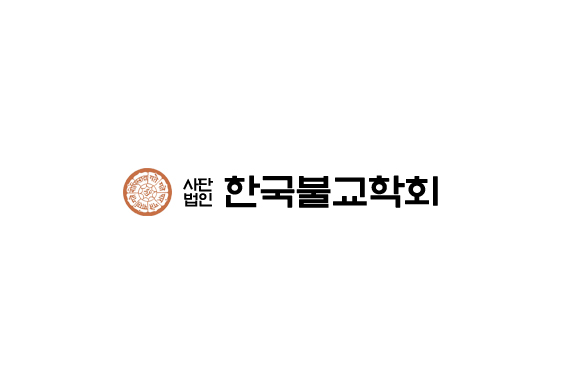근대 서양인의 저술로 살펴본 한국불교 식생활 문화의 실상
The Reality of Korean Buddhist Food Culture in Early Modern Period Based on Writings of Western Visitors
한수진
동국대학교
한국불교학
2024, vol., no.109, pp. 289-321 (33 pages)
한국불교학회
초록
근대 서양인이 기록한 저술에서는 조선후기와 20세기 초 금강산 사찰을 중심으로 한국불교 식생활문화 실상을 엿볼 수 있다. 사찰 운영에 있어 주요 수입원은 재가자가 재(齋) 설행에 올린 곡물 시주, 사찰 방문객이 사찰에서 제공한 숙식과 승려들에게 그들에게 베푼 봉사와 노동 대가로 지급한 보시금, 사찰 주변 밭에서 농사지어 수확한 작물과 산에서 채취한 식재료, 물건을 만들어 판매하며 얻은 수입 등으로 사회적 지원과 자급자족이었다. 사찰에서는 이렇게 얻은 재원으로 사회적 취약계층과 방문객에게 그들이 필요로 하는 숙식을 제공하여 불교가 추구하는 이상적 삶인 자비행 실천으로 사회와 관계를 맺는 종교적 특징을 보였다.
근대 사찰에서는 승려들도 음식을 만들기는 했지만, 조리를 담당하는 남성 재가자가 도맡아 준비하여 현재 여성 재가자가 조리하는 것과 비교해서도 조리 주체 변화가 근대 이후에 있었다. 사찰에서 제공하는 채식 식단에서 결핍될 수 있는 영양소는 잣‧콩‧김 등으로 보충되었다. 방문객에게 보시와 자급자족으로 얻은 재료들을 활용하여 접빈 음식으로 산자‧강정‧잣박산 같은 조과(造果)와 잣을 띄운 꿀물을 대접하였다. 이들 후식은 조선시대 일반 한식과 차별된 사찰음식만이 갖는 독특함이 있었다. 아울러 공양의례에 있어서도 지금과는 차이를 보이고, 사찰마다 각기 다른 의식 절차로 공양을 진행하여 근현대를 거치면서 전통적인 한국불교 식생활 문화에 변화가 시작되었다.
The reality of Korean Buddhist food culture from the late Chosŏn to early 20th century was examined based on writings of Western visitors. A temple’s main sources of income were social support and self- sufficiency in temples, including grains from offered Buddhist worshipers, money paid by temple visitors in exchange for accommodation, labor for monks’ services, crops harvested by farming in fields around the temple, food materials collected from mountains, and income from making and selling goods. A temple was connected with the society through the practice of mercy and the ideal life pursued by Buddhism for solving accommodation and board for socially vulnerable ones and visitors with resources of the temple.
In early modern period, monks cooked, mainly male laities who did the cooking. Compared to these days as female laities who main cook, the main agent of cooking in temples had changed since modern period. Nutrients that could be deficient in a temple’s vegetarian diet were supplemented with pine nuts, beans, and seaweed. Glutinous rice crackers Chogwa 造果 such as Sanja and Gangjeong, and honey water drink provided as hospitality foods in the temple are unique temple food items different from traditional Korean food in Chosŏn period. There are also differences from current ritual of alms-bowl offering that each temple has its own ritual procedure.

